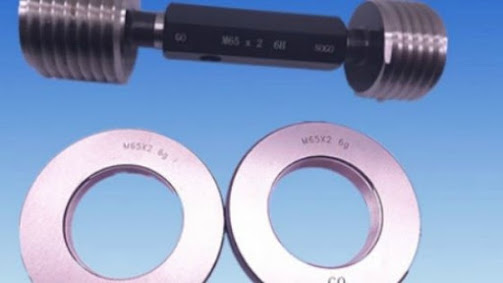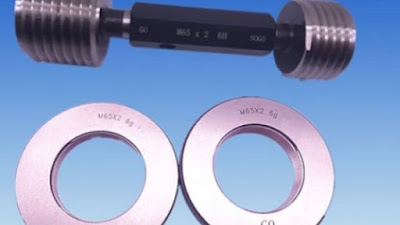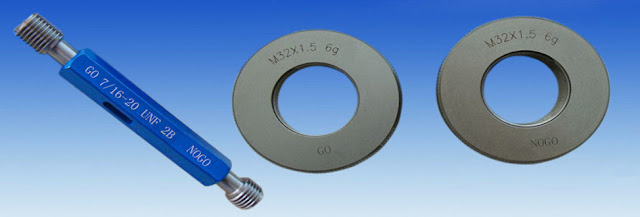Plug Gauges And Their Types

Plug gauges, also known as pin gauges, are metrology instruments used to measure the inside diameters of holes drilled or moulded into a fabricated portion, piece, or arrangement. They are critical tools for quality control, allowing inspectors, machinists, design teams, and others to quickly determine if a part's attributes fall within the prescribed dimensional tolerance for the internal diameter measurement. This gaging method is intended to enable accurate measurements without using additional, more advanced, and costly measuring instruments such as internal micrometres by production personnel. Plug gauges suppliers ensure that they are useful in manufacturing operations where a large amount of parts is produced because they enable you to determine quality quickly without having to perform individual hole diameter measurements or configure instrumentation. While using plug gauges, it's imperative to remember that the ...




